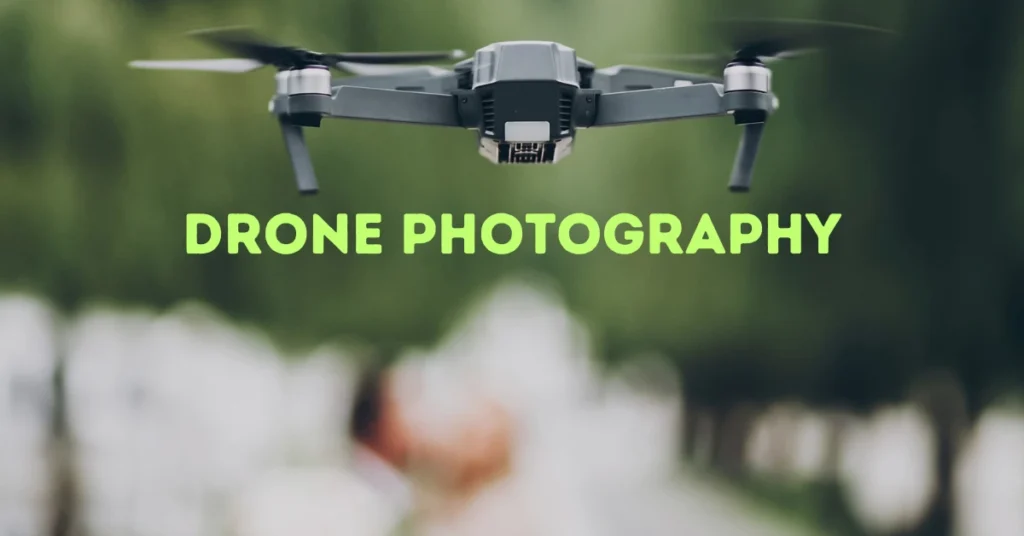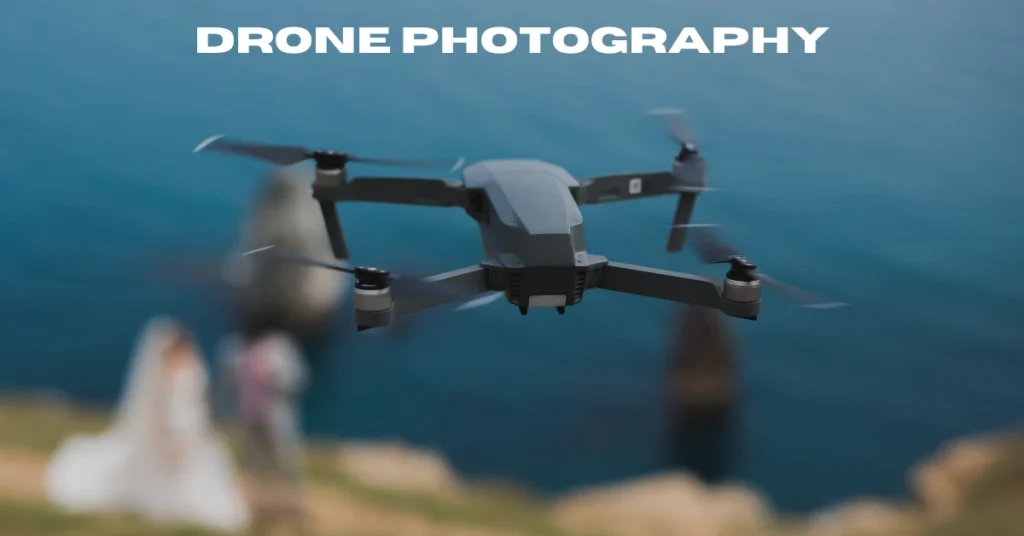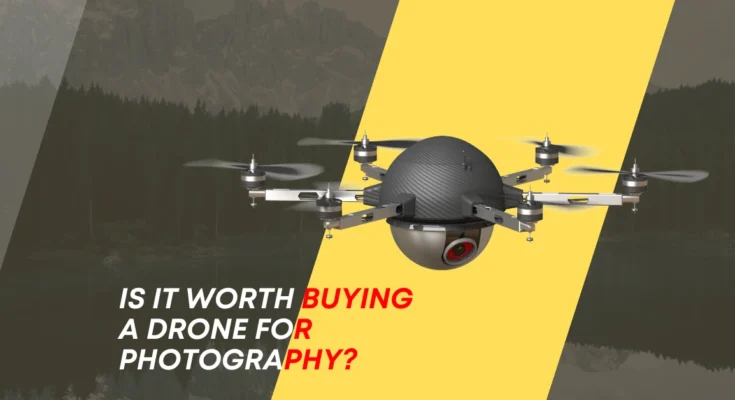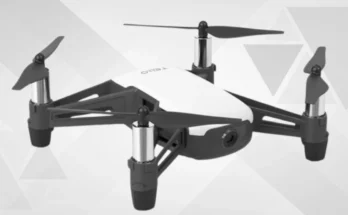Introduction
IS IT WORTH BUYING A DRONE FOR PHOTOGRAPHY?
In the years technology has made great strides bringing forth a new era, for photographers. Unmanned aerial vehicles, commonly referred to as drones have emerged as tools in the world of photography. These drones are equipped with high resolution cameras. Have the ability to soar at altitudes allowing photographers to capture images from unique perspectives that were previously impossible.
The rise of drones has revolutionized photography by unlocking possibilities and transforming the way we document our surroundings. This has led both professional photographers to ponder whether investing in a drone for their photography is worthwhile.
In this article we will explore what drones are how they have rapidly gained popularity in the field of photography and delve into their advantages, considerations and potential drawbacks. Whether you’re a hobbyist or an experienced professional photographer this exploration aims to assist you in making a decision about incorporating drones into your photographic toolkit while also shedding light on their transformative impact, on the art and craft of photography.
Advantages of Using Drones for Photography
The use of drones, in photography offers benefits that have completely transformed the way photographers capture and express their visions. First and foremost the aerial perspective provided by drones adds a mesmerizing dimension to photography. By maneuvering at heights drones empower photographers to capture unique angles and take their work to new heights quite literally. This perspective is particularly impactful in landscape photography as it allows for framing scenes in ways that were previously impossible.
Secondly the versatility of drones makes them incredibly appealing. Their agile maneuverability grants access to hazardous locations enabling photographers to explore and document landscapes and events that would otherwise be inaccessible. This versatility extends to achieving shots and perspectives delivering a level of creativity and dynamism that traditional photography methods struggle to match.
Lastly the integration of drones into photography brings time and cost efficiencies. Drones greatly reduce the reliance on equipment like cranes or helicopters simplifying the process and cutting down associated expenses. Furthermore saved time during both shooting sessions and post production stages enhances efficiency.
Using drones for photography has revolutionized this art form by providing perspectives versatility, as well, as notable time and cost savings.
Ultimately using drones, for photography brings about benefits such as an aerial viewpoint, increased flexibility and noticeable improvements, in terms of time and cost effectiveness.
Considerations before Buying a Drone

Before delving into the world of photography using a drone it’s crucial for potential buyers to carefully consider an important factors. First and foremost they need to understand and navigate the regulatory aspects related to drone usage. This includes registration and licensing processes well as having a good grasp of local regulations that can vary from one area to another.
By understanding these intricacies buyers ensure that they operate their drones responsibly and, in compliance with the law.
Furthermore it’s essential for buyers to assess their skill level and be aware of the learning curve involved in piloting a drone. Recognizing the significance of training and practice is key to becoming proficient in flying and capturing images. A solid understanding of drone operation technicalities. Such as navigation, camera settings and flight modes. Is crucial for achieving results.
Another important consideration is constraints. Buyers must carefully evaluate both the investment in a high quality drone and associated gear well as the long term costs of maintenance and upkeep. Taking into account expenses for parts, battery replacements and software updates ensures a sustainable ownership experience, without unnecessary hassle.
To make a decision and get the most out of drone photography it’s crucial to have an understanding of the legal responsibilities a dedication, to improving your skills and a clear understanding of the financial aspects associated with purchasing a drone.
Case Studies and Success Stories
Exploring case studies and success stories within the realm of drone photography unveils a captivating tapestry of innovation and creative breakthroughs. A myriad of examples showcase remarkable drone photography, from breathtaking landscapes captured at sunrise to dynamic shots of urban architecture and events.
These instances not only serve as testament to the artistic possibilities drones unlock but also highlight how they have revolutionized professional photography. Drone technology has enabled photographers to push boundaries and capture perspectives previously deemed impossible, fostering a new era of visual storytelling.
Learning from the experiences of pioneers in the field allows aspiring photographers to glean insights into effective techniques, equipment choices, and overcoming challenges. Whether it’s the intricate details of capturing wildlife from above or the sweeping vistas of natural wonders, these case studies provide a valuable resource for understanding the potential of drone photography and inspire others to embark on their own aerial adventures.
As the industry continues to evolve, these success stories underscore the transformative impact drones have on the way we perceive and document the world through the lens of technology.
Potential Drawbacks of Drone Photography

While drone technology undoubtedly offers advantages in the realm of photography it is not, without its share of challenges and potential drawbacks. One primary concern is the reliance on weather conditions for drone photography. Adverse weather like winds, rain or poor visibility can greatly impact the safety and quality of shoots.
The stability of drones can be compromised by factors, which affects both the composition of the shots and overall flight safety. Additionally limited battery life and flight duration pose limitations. This means that photographers need to plan when it comes to shooting or extended projects or events potentially limiting their creative freedom.
Another critical aspect to consider is the privacy implications associated with drone use. These aerial devices have access to spaces. Can capture images from unique perspectives previously inaccessible to photographers. Balancing freedom with respect for privacy becomes a task that necessitates careful thought.
To address these concerns responsibly and ensure an integration of drone technology into photography it is crucial for photographers to adhere to guidelines and legal regulations governing drone usage. By doing we can strike a coexistence, between technological innovation and privacy considerations.
Alternative Options for Aerial Photography
Drones have revolutionized the field of photography. There are still options available each, with their own advantages and disadvantages. Traditional methods like cranes, helicopters or even hot air balloons have been used for a while to capture perspectives. However these methods often come with costs, logistical challenges and limited maneuverability when compared to drones.
On the hand hiring drone services provides an alternative for those who don’t want to invest in a drone or deal with the complexities of piloting one. Professional drone operators bring their expertise and specialized equipment to ensure high quality shots without the need, for ownership. However this option also comes with its costs and logistical considerations.
It is important to weigh the pros and cons of each alternative before deciding on an approach based on needs, budget constraints and project objectives. Whether choosing methods or professional services understanding the characteristics of each alternative allows photographers to make informed decisions that align with their creative vision and practical considerations.
Conclusion
Ultimately when deciding whether it’s worth purchasing a drone for photography it is crucial to evaluate the advantages and disadvantages associated with this transformative technology. On one hand the benefits such, as perspectives, versatility and time efficiency create an enticing prospect for photographers looking to enhance their craft.
However it’s important to take into account factors like obligations learning curve, budget constraints and potential drawbacks like weather dependency and privacy concerns. These considerations highlight the significance of making a nuanced decision.
Putting emphasis on factors becomes essential since the value of a drone ultimately aligns with a photographers goals, style and preferences. Some photographers may find the investment worthwhile due to the freedom and unique possibilities it offers. Others may opt for methods. Seek professional services.
To assist in this decision making process additional resources such as drone regulations information training programs availability and online communities can be invaluable. These resources provide a wealth of knowledge and shared experiences that can help photographers navigate the realm of photography.
In conclusion determining whether investing in a drone for photography is suitable is subjective. The final recommendation depends on finding the balance, between aspirations, practicalities and the pursuit of innovation.




